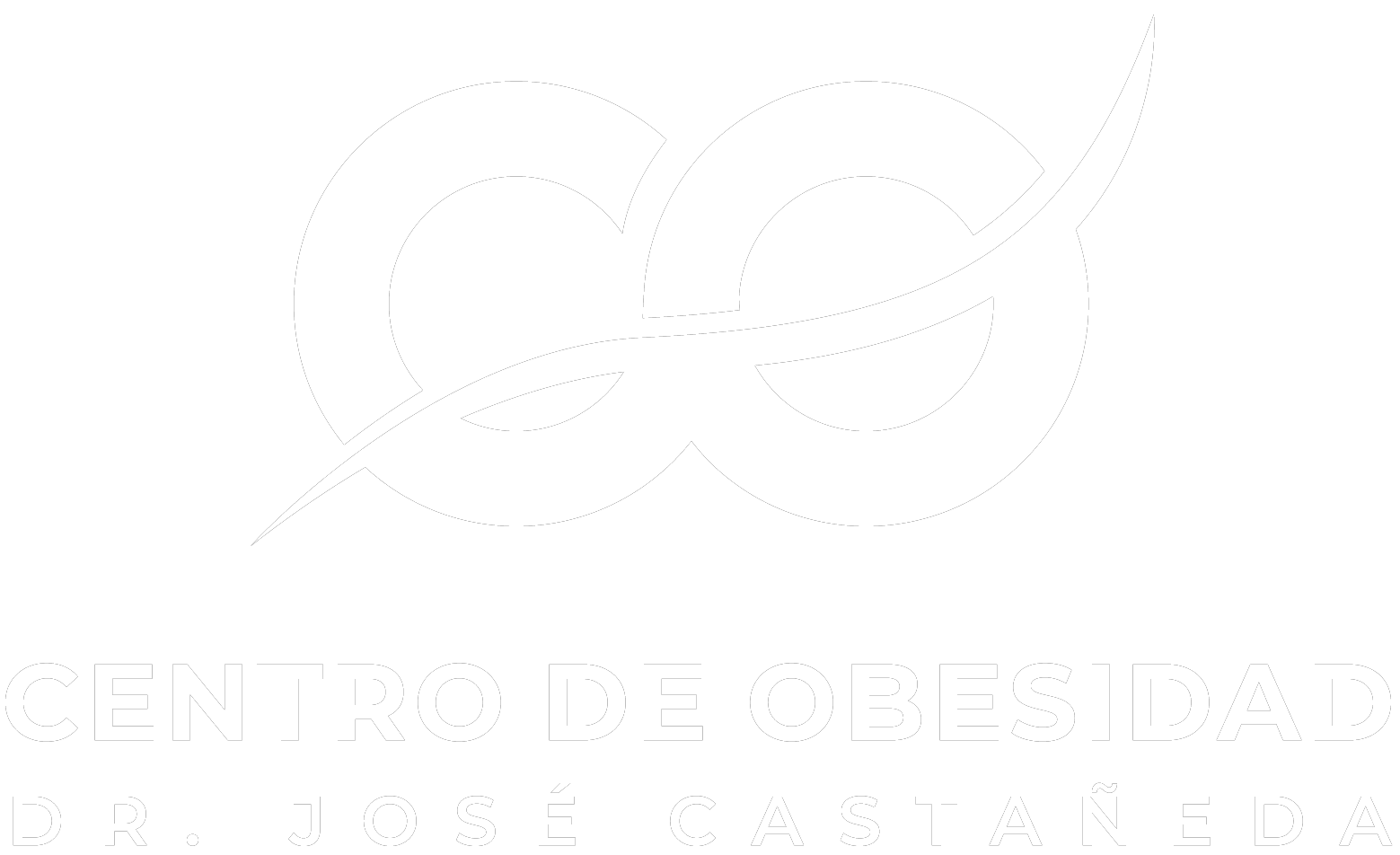Ileal Transposition
In the past, other surgical procedures including sleeve gastrectomy, gastric banding and gastric bypass were used to treat diabetes. But today, other surgical procedures have been modified to achieve the maximum remission in diabetic patients. Now, the surgical techniques for treating type 2 diabetes include Ileal Interposition and Ileal Interposition in combination with Sleeve Gastrectomy. These procedures are not limited to remission of diabetes type 2, but other problems like hyperlipidemia, obesity, and obstructive sleep apnea may also be influenced.
GLP-1 is a hormone that stimulates the insulin production by the pancreas. It also increases the effect of the insulin in the body. This hormone is located in the last part of the intestine. While insulin resistance hormones sush as ghrelin, gastric inhibitor polypeptide (GIP) and glucagon are produced in the first parts of the intestine. In other words: insulin resistance hormones take place in the first part of the small intestine (duodenum), while insulin sensible hormones take place in the last part of the intestine (ileum). This surgery works under the principle of unable insulin resistance hormones and increase the hormonal levels that increase the insulin sensitivity by switching the ileum and the duodenum.
Type 2 diabetic patients who cannot achieve blood sugar control despite appropriate treatment or suffering from organ damage should consider this operation.
Patients who are eligible for surgery usually leave all diabetes, blood pressure and cholesterol medications they use after Ileal Interposition surgery. After the operation, they are observed in terms of the course of these diseases in the hospitalization process. The vast majority of patients are discharged without using any of these medication.
Meet the place where you will change your life
Quality Service
MINIMUM INVASION OPERATION
RECOVERY IN A FEW DAYS
INTERDISCIPLINARY FOLLOW-UP
PRIVATE equipped HOSPITAL
EXPERT MEDICAL STAFF
Complications
The surgery has a complication rate of 4%, which includes:
Infection, roughly 0,5% of the patients can get an infection after the sugery, which is treated with antibiotics.
Hemorrhage in the 11% of the patients.
The mortality rate of the surgery is almost insignificant, about 0,1%.
Results
Two important advantages and one disadvantage about Ileal Transposition (Interposition) have been reported. First of the advantages is that it can be performed on patients with a broad range of BMI (Body Mass Index), and the other one is that with the exception of patients who already need iron, B12 vitamin and D vitamin supplement prior to the surgery, the operation does not necessitate any additional vitamin supplement. Its disadvantage is that the operation technically quite challenging because it consists of numerous stages and therefore require serious training and technical expertise.
Notice
Ileal Transposition / Interposition should only be performed by surgeons with a dedicated team who received appropriate training and performed at least 100 operations under supervision. It should not be forgotten that even though this operation can provide miraculous results, it can lead to disastrous outcomes when performed by people who do not have the necessary qualifications.


